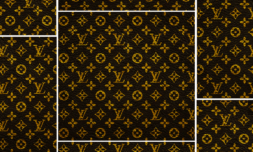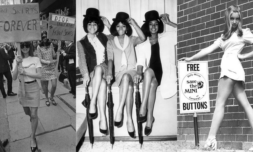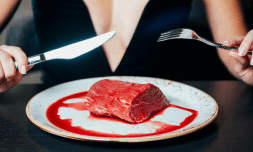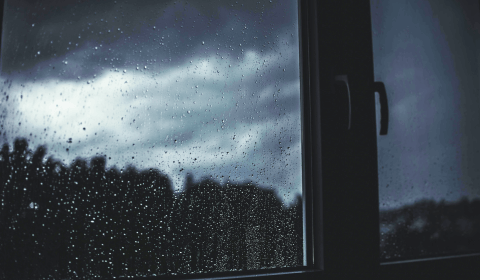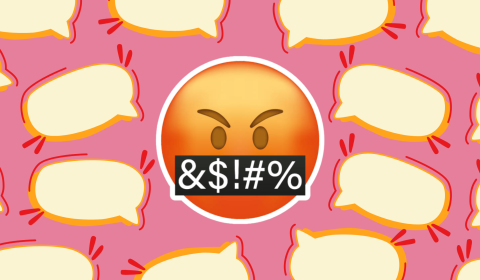Luxury fashion has gone from being revered for its high quality, to now being coveted for its exclusivity.
It’s no secret that luxury brands have abandoned value for money and traded it for an exclusivity-price ratio.
Many consider this a marketing strategy, especially in an era where social media incentivises us to try to demonstrate our status through what we wear and buy.
The fewer people have an item, the more attractive that item becomes. An example of this is the growing population of individuals attempting to hunt down an Hermès Birkin bag.
People have started sharing tips on how to obtain one without questioning what the brand has done to justify their extortionate price.
We also cannot ignore that we live in the age of excellent dupes, whether you’re interested in designer clothing, accessories, makeup, or frag.
It is very likely that if you want an item from one of these luxury brands, you can search social networks like TikTok to find a good quality dupe at a quarter of the price.
If the price of this dupe is too high for your budget, you’ll likely also find another version of this dupe at an even lower price.
@mikaylanogueira HOW DO THEY GET AWAY WITH THIS?😂👀😳 #makeup #beauty #dupe #dupes #makeupdupes #affordablemakeup ♬ original sound – Mikayla Nogueira










